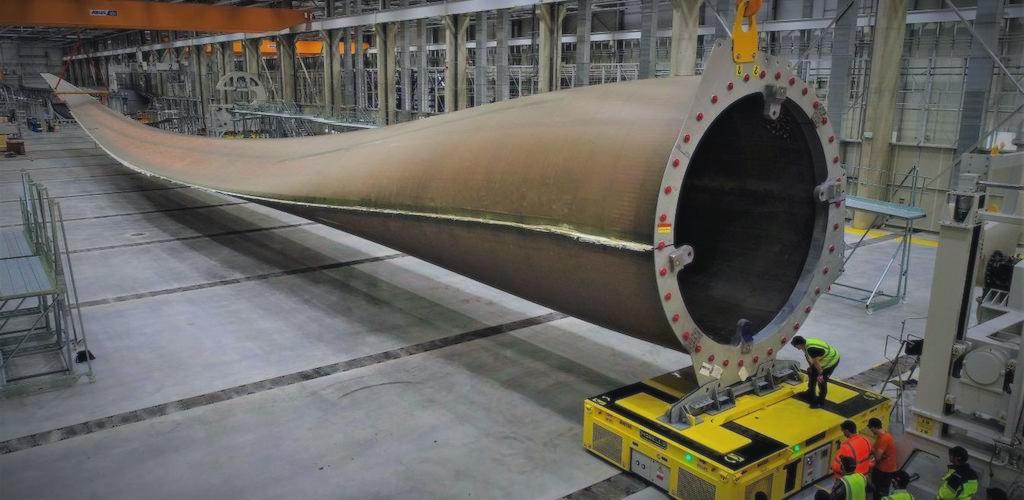Dec 17 | 2020
(Global) Strategies Evolving to Meet Changing Market Conditions

Cost pressures in the wind power sector are driving a transformation of the global wind blade supply chain, according to research by consultancy GWEC Market Intelligence.
The evolving nature of blade design and the steady increase in blade length has led to challenges in the breakbulk sector as volumes have increased and cost reduction now stands as one of the key concerns across the supply chain.
“Supply chain strategies in the wind industry have continued to evolve to meet changing market conditions and to reduce costs. As more and more countries transition away from support mechanisms such as feed-in-tariffs to auction schemes, cost reduction has become the top priority for turbine manufacturers, especially as they enter new emerging markets,” said Ben Backwell, CEO at the Global Wind Energy Council.
innovating Blade Design
Blade lengths in excess of 50 meters have become increasingly common, and to control the cost of expensive carbon fiber, leading suppliers have been developing new approaches.
GWEC predicts that the uptake of segmented blade design is expected to grow, as turbine rotor sizes increase along with more digital solutions such as blade condition monitoring systems (BCMS), robotics and drones, smart erosion control solutions.
“As turbines become bigger and bigger, manufacturers are innovating blade designs to manage CapEx of projects, improve on logistics, as well as find solutions for more sustainable end-of-life decommissioning. Considering that the number of turbines decommissioned will triple in 2030 compared to current levels, innovating blade designs to provide sustainable recycling options should be a key priority for the industry,” said Feng Zhao, strategy director at GWEC.
Consolidation
GWEC reports that 15 turbine vendors produce about half of the global demand for blades from in-house blade facilities with remaining demand met by around 20 independent blade manufacturers in 14 countries across four continents.
“We are seeing the outsourcing of blade production to independent manufacturers becoming increasingly popular, continued momentum towards market consolidation, as well as innovation in design and materials used in blade production to reduce costs and extend the global footprint of manufacturers,” Backwell added.
The findings suggest that market consolidation has caused the number of blade suppliers to decrease by one-third since 2016, as small and medium-sized manufacturers are unable to compete.
Subscribe to BreakbulkONE and receive more industry stories and updates around impact of COVID-19.


